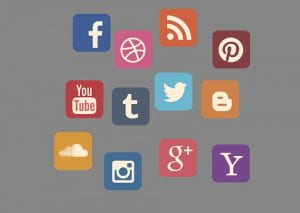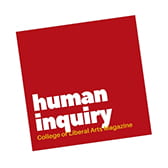Organizations use social media as a tool for interacting with the public. Nowhere could this goal be more useful and helpful than in the health industry.
In medicine, hospitals and health care organizations try to leverage social media for outreach and education—unfortunately with mixed results. A new study by Aimee Kendall Roundtree, professor of English–“Dialogic of Social Media in Healthcare Settings: Text Mining the Rules, Attitudes, and Behaviors of Health Organizations and the Public” published in the American Communication Journal–found that health care organizations and consumers don’t see social media eye-to-eye, and it sought to understand how best to use social media for public health outreach.
The study involved text-mining four sources of content: 1) health care organization’s social media policies; 2) their tweets; 3) their communication professionals’ discussions; and 4) a public chat about social media in health care.
The study found that social media policies, the professional communicators who manage social media accounts, and the public who interacts with hospitals online all have very different expectations and definitions of engagement online. Each party involved defines empathy, risk, and mutuality very differently. The study offers suggestions for how social media managers might prioritize connection with their audience alongside promotion. It also describes how professionals might better anticipate and incorporate the public’s expectations, opinions, and attitudes into their social media approach. The study can potentially help health communicators reinvent their approach to social media in order to improve public interaction and engagement.

